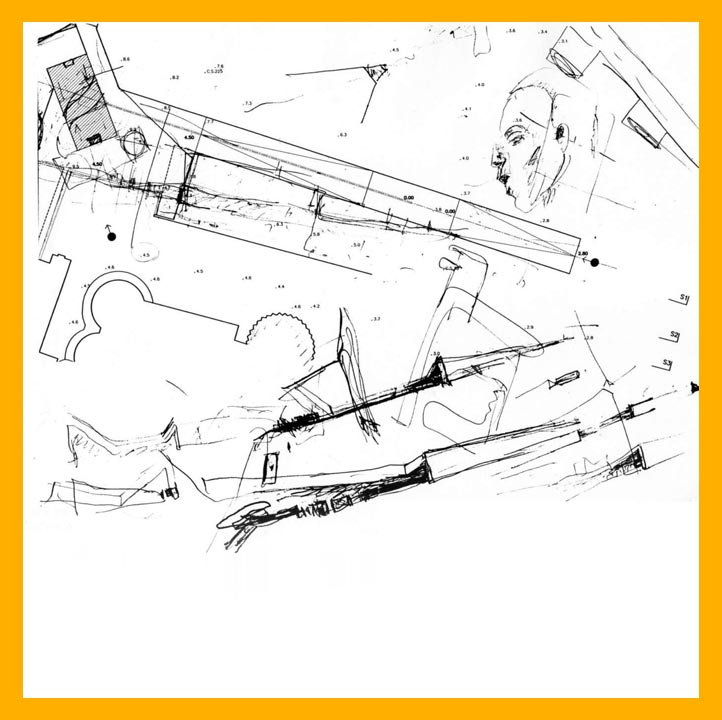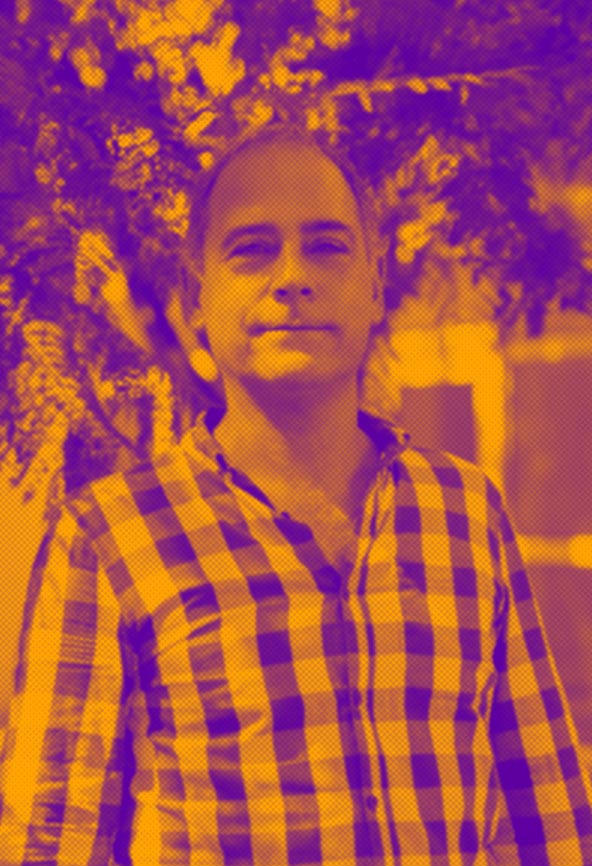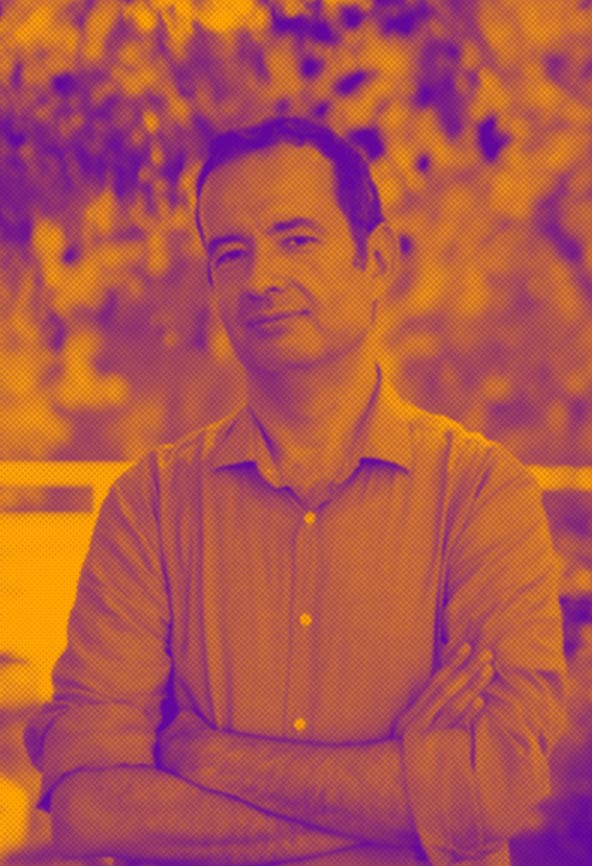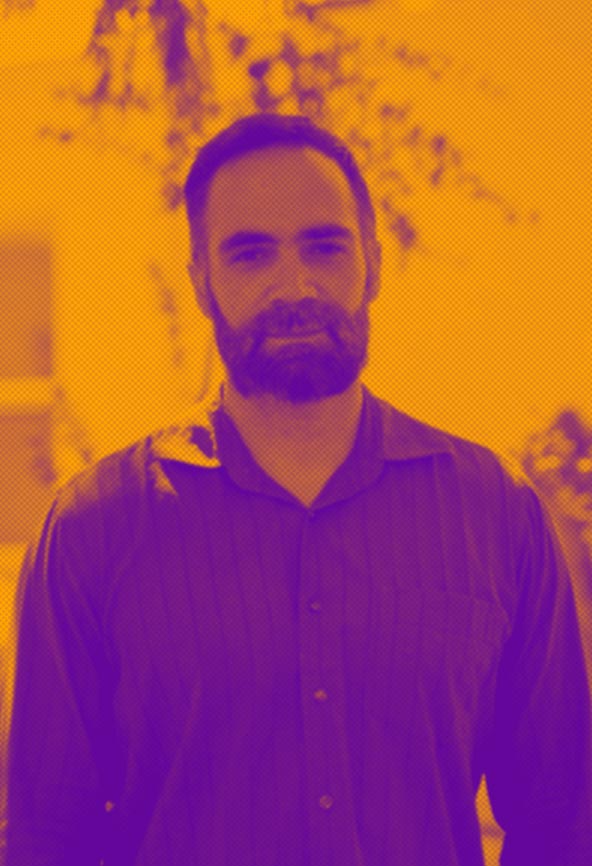We are witnessing an unprecedented amplification of Portuguese culture, which has transformed a strip of land on the edge of the ocean into a place of international convergence. And architecture has contributed to making Portugal a central place in the international cultural debate.
The question that gives rise to the idea of the project is: what role has Italian architectural culture played in this process of internationalization? How and if has it contributed with schools, magazines, books on architecture, to make cosmopolitan architects such as Távora, Siza and Souto de Moura, and later architects linked to the city of Lisbon, such as Carrilho da Graça, Gonçalo Byrne, the Mateus, among others? And vice versa: how much and in what way has Italian architecture welcomed the Portuguese influence? Which methods, which values characterize Portuguese architectural practice, have influenced the Italian debate?
A tradition that goes beyond the limits of architecture and enters other disciplines such as travel literature. Although Portugal, excluding the case of Francisco de Hollanda ("Dialogos em Roma (1537 - 1538) who travelled to Rome in the 16th century, only began to consider Italy as a travel destination in the 19th century, this delay was mainly due to geographical conditions (the Alps were a considerable physical separation) and then to the lack of infrastructure suitable for travelling by carriage. It was only with the completion of the last Alpine section in 1880 that Italy was easily reached from Portugal in a few days by train. Since then, we have important examples of accounts of the Italian landscape and cities by Portuguese travellers, starting with Antonio Alves Mendes da Silva Ribeiro with his “Itália. Elucidário de un viajante”, 1878, Jaime Cortesão, “Itália azul”, 1922, Ricardo Jorge, “Passadas de erradio”, 1922, Justino Montalvão, “A terra encantada: sensações de Pisa, Florença e Siena”, 1911; Carlos Santos, “Como eu vi Itália”, 1928; Abel Salazar “Uma primavera em Itália”, 1934; Vasco César Carvalho, “Viagem à Roma”, 1953.
Travel stories that certainly influenced architects who chose Italy in the 20th century as a destination to update, expand, perfect, architectural culture. An interesting example are the scholarships for specialisation abroad that the Gulbenkian Foundation gave to meritorious Portuguese architects from 1959, the year of its foundation.
Bologna to study in the “Centro di studio e Informazione per l’architettura Sacra”, in1960, where he came into contact with Cardinal Lercaro (1891-1976), architects Giorgio Trebbi (1926-2002) and Glauco Gresleri (1930-2016), an experience that would greatly influence his profession and the creation of the MRAR movement. We should also remember Alcino Soutinho (1930-2013) who, in 1961, made a trip paid for by Gulbenkian, visiting a series of museums to understand what kind of methodology was applied in the existing heritage project. A journey that lasted a year and that brought him to confront different realities that would influence him in his subsequent career. Duarte Castelbranco (1928-2015), who goes to the Institute of Urban Planning Technology at the Milan Polytechnic to attend the “Curso de atualização in Urbanistica Técnica”, in1962. José Luis Pinto Machado (1927 -2021), who goes to the Milan Polytechnic in 1957-58 to attend the course of “arquitetura e urbanismo rurais”, and returned to Itália in 1962 to study the Agrarian Reform, as he was an employee of the “Junta de Colonização Interna”. One of the results will be the publication of an important book “A arquitetura rural e reorganização fundiaria italiana. Relatório de uma visita de estudo”, published in 1964. As Rita Marnoto states in the publication dedicated to Italian architects in Portugal (1), they do not simply transport construction models, ways of using materials or options for urban insertion, so that they can be replicated ipsis verbis, as if that were possible. The field of architecture and the exchanges provided by the work carried out in Portugal by Italian architects show how elements of Italian origin intersect with local construction techniques and functions of use or networks of commissioners which imply their specific re-elaboration.
In order to answer these themes, this project aims to build a SYNOPTIC MAP that visualizes all the relationships that existed in architecture between Italy and Portugal in the XX-XXI centuries.
 Alcino Soutinho
Alcino Soutinho Távora: drawing from the book
Távora: drawing from the book Fernando Távora
Fernando Távora Oliveira Salazar with Mussolini’s Portrait.
Oliveira Salazar with Mussolini’s Portrait. Travel to Italy
Travel to Italy Magazine Cover Contospazio, 9
Magazine Cover Contospazio, 9 Alvaro Siza
Alvaro Siza Alvaro Siza, Eduardo Souto de Moura
Alvaro Siza, Eduardo Souto de Moura








